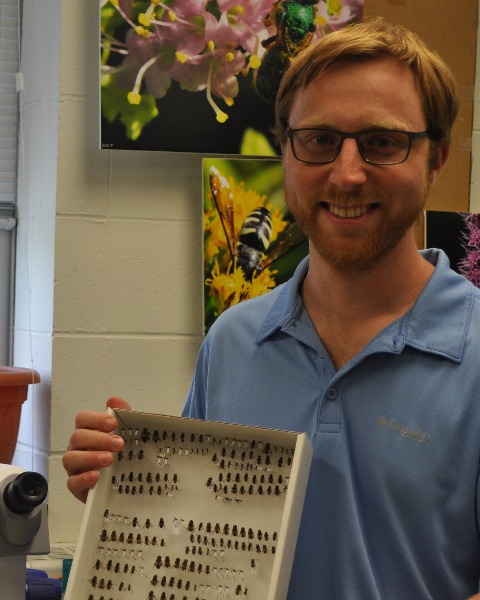10-Minute Paper
Plant-Insect Ecosystems
P-IE: Microbial Control and Microbial Interactions
A long-range spatial assessment of population genomics and microbial community composition of predacious hover flies (Diptera: Syrphidae)
Sunday, November 5, 2023
8:00 AM - 8:12 AM ET
Location: Gaylord National Resort & Convention Center, National Harbor 13

Scott S. Clem
Postdoctoral Fellow
University of Georgia
Athens, Georgia- WS
William E. Snyder
Professor
University of Georgia
Athens, Georgia
Presenting Author(s)
Co-Author(s)
Understanding the biology, ecology, and conservation of Nearctic hover flies (Diptera: Syrphidae) is a severely understudied, yet enormously significant area of research. The adult stages of most hover fly species are important pollinators for a variety of crop and non-crop plant species while many larvae are crucial biological control agents of soft-bodied pests like aphids. In recent studies using stable isotope analysis (δ2H), we discovered that certain Nearctic species engage in long-distance seasonal migration, moving from southern Canada to the southeastern United States. In this presentation, I will discuss results from our efforts to expand up this previous research, examining evidence of long-distance gene flow among hover fly populations across eastern North America. A secondary analysis examines microbial community makeup, and convergence/divergence of these communities across hover fly populations. I will also briefly discuss efforts to identify, digitize, and catalog hover flies in museum collections in Illinois and Georgia, and establish a list of species that are of potential conservation concern.

.png)
